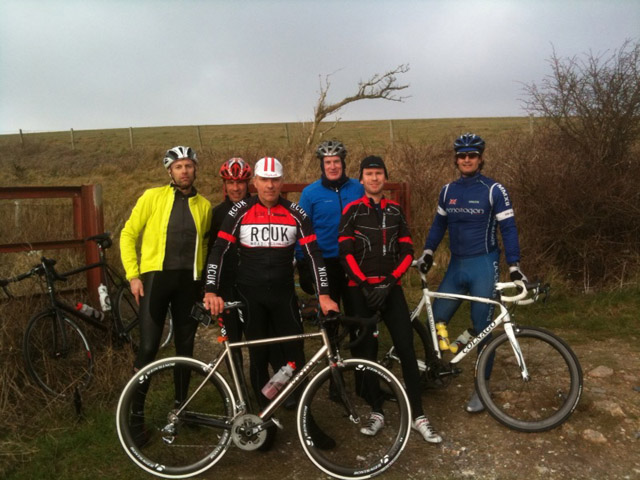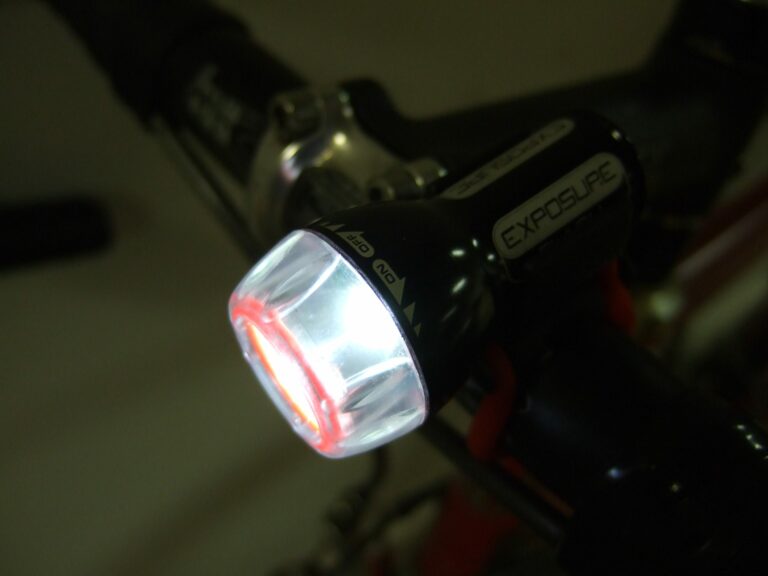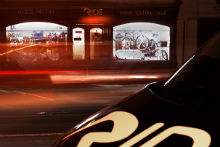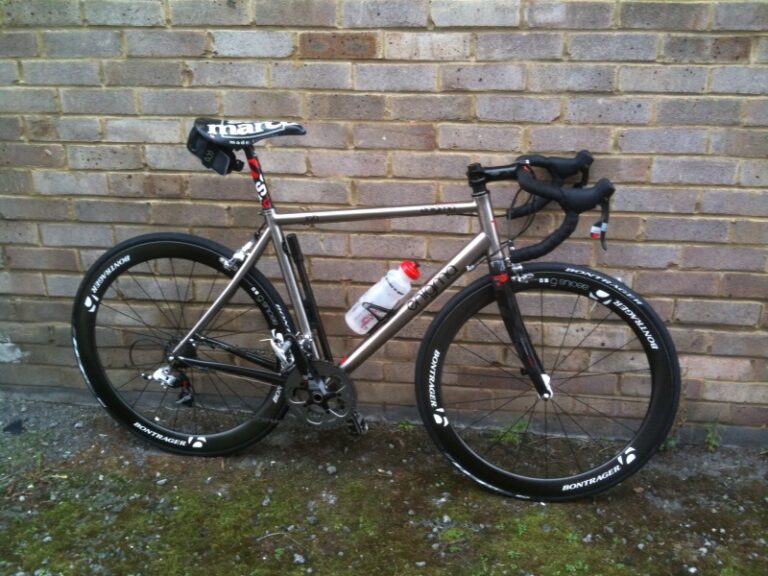
- 1984 LOOK PP65 pedal
I wonder how many of us still remember the name Alfedo Binda and recall the days of sliding our shoes into our toe clips each time we embarked on a ride? For those of a certain age his name was synonymous with that all-important and vital ritual of ‘strapping in’ to one’s pedals, a task now long forgotten except by a few diehard trackies. Arguably the finest cyclist to have worn the Italian national champion’s yersey, Binda had nothing to do with pedals or, for that matter, toe clips but his name was emblazoned across the finest examples of their accompanying straps and his endorsement was the one any self-respecting cyclist wanted.
Binda’s name and memory in this context were swept away by, of all things, a manufacturing company from the country where he grew up. Ironically, it was just a couple of years before his death in 1986 that the French LOOK company produced their revolutionary take on cycling pedals. Using technology and expertise gained through their involvement in the skiing industry, LOOK simply consigned all previous pedal configurations to the history books.
Bernard Hinault’s victory in the 1985 Tour was LOOK’s first major success, an achievement made all the better as his closest rival and team mate Greg LeMond also rode using their pedals. Simplicity of design, maximum support coupled with minimal weight and, of course, the security and anchorage a racing cyclist needs without the need for uncomfortable straps ensured sales success. As with any ground-breaking piece of equipment backed by stringent patents, rival concepts were left with slim pickings. Still, all credit to them, they tried.
There must be something about pedals or, perhaps, LOOK’s dominance of this market that threw rivals lemming-like into the fray. In no particular order, as probably every maker processes a skeleton in their tool box, there was the ridiculous and there was the useless. Remember the ones that resembled little more than a parrot perch with transparent plastic cleats? Ones that were a small disc mounted on the end of a spindle, others that resembled scaled-down ‘LOOKs’ around which your shoes eventually collapsed, leaving you with severe pain in the ball of the foot? Many tried but most eventually fell short.
For a while, advances in materials technology, chiefly integrating carbon-fibre into the manufacture of components, helped deficiencies in some rival designs. Licence agreements meant that LOOK’s closest competitor in design terms, Shimano, possibly eclipsed their sales. Choosing a pedal became for some a matter of fashion, form over function as they say, but this was a choice made at one’s peril. To disregard the fundamental premise that a pedal acts to support and thus transfer the energy generated from the body to the drive train is to court, at best, lack of power and efficiency and at worst, injury to the body.
For road use there are now several companies producing top quality pedals, each trying to sport an appearance unique to their brand and, with the honourable exception of Speedplay, each offering some subtle difference to separate them, yet at the same time their outlines all still resemble that of the 1980’s original. In today’s climate LOOK are probably working harder than anyone to retain their market share and the success and adulation of the original pedal has long gone but the adage of ‘often imitated never equalled’ could not have a finer exemplar.






